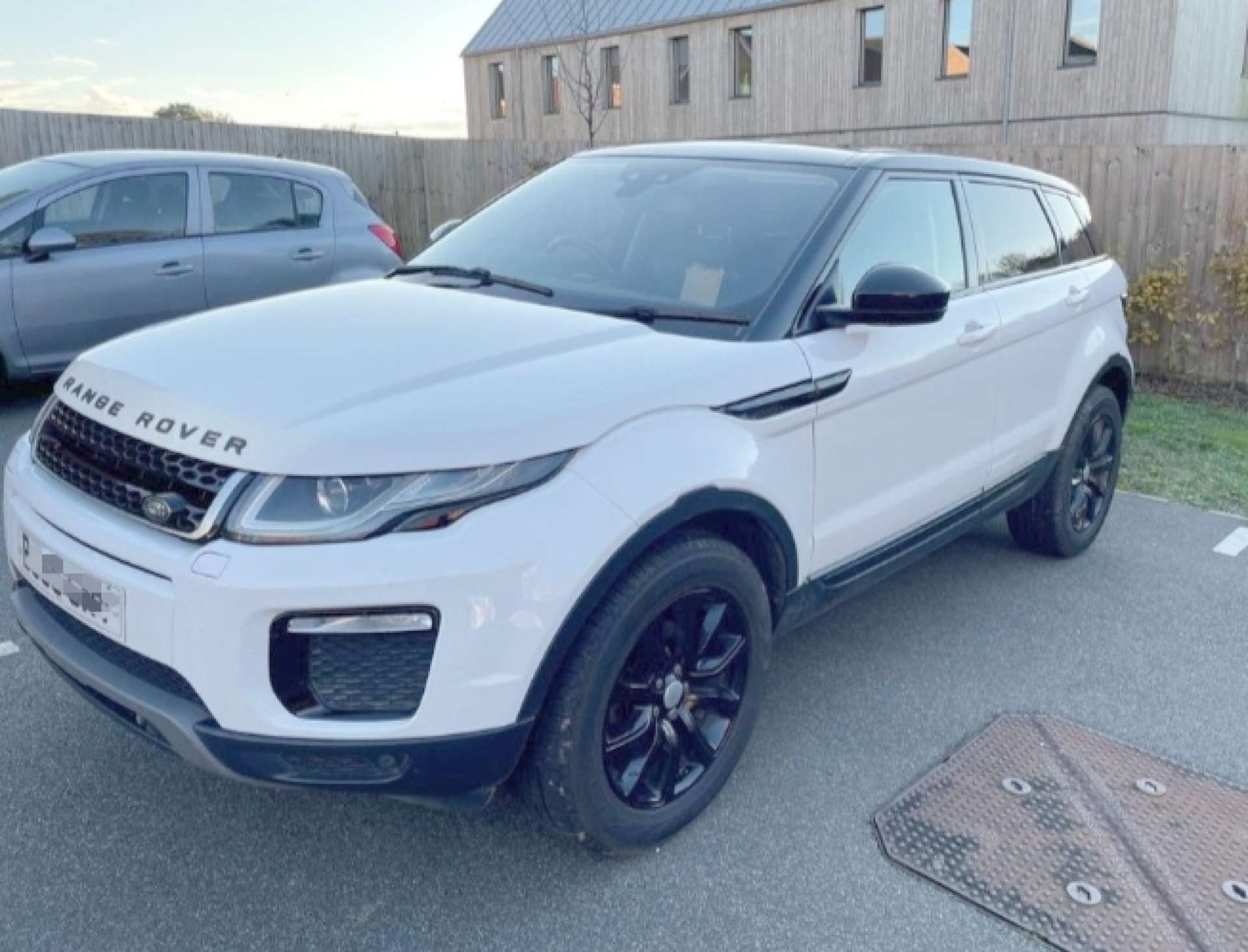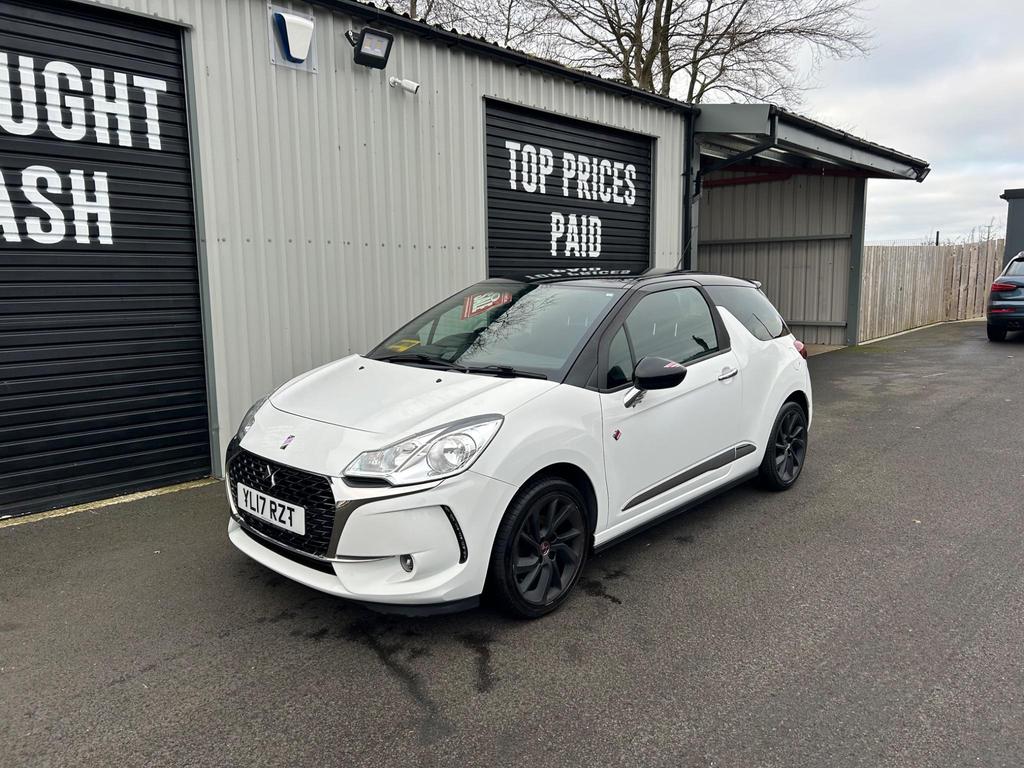Speed cameras are a common sight on UK roads, designed to enforce speed limits and promote safer driving. But at what speed do these cameras actually trigger? A car expert from the Worcester News breaks it down, offering clarity on how speed cameras operate and what drivers need to know to stay compliant.
How Speed Cameras Work
Speed cameras, whether fixed or mobile, are set to detect vehicles exceeding the posted speed limit. However, they don't trigger the moment you go 1 mph over. According to the expert, most speed cameras in the UK operate with a tolerance threshold, typically set at 10% of the speed limit plus 2 mph. This buffer accounts for minor speedometer inaccuracies and ensures fairness.
For example:
In a 30 mph zone, the camera may not trigger until 35 mph (30 mph + 10% [3 mph] + 2 mph).
In a 70 mph zone, the threshold could be 79 mph (70 mph + 10% [7 mph] + 2 mph).
This tolerance isn't universal, though. Some police forces may apply stricter thresholds, and in certain areas, like 20 mph zones in urban settings, cameras might be calibrated to trigger closer to the limit due to safety concerns.
Types of Speed Cameras
The expert highlights several types of speed cameras you might encounter:
Fixed Cameras: Often yellow Gatso or Truvelo cameras, positioned at known speeding hotspots.
Mobile Cameras: Operated by police vans or handheld devices, these can pop up anywhere.
Average Speed Cameras: These measure your speed over a set distance, common on motorways or roadwork zones.
Red Light/Speed Cameras: Dual-purpose cameras that catch speeders and red-light runners at junctions.
Each type may have slightly different trigger thresholds, but the 10% + 2 mph rule is a common guideline.
Penalties for Speeding
If caught exceeding the speed limit, consequences depend on the severity:
Fines: A minimum of £100 and 3 penalty points on your license.
Speed Awareness Course: For minor offenses, you might be offered a course instead of points.
Court Summons: Excessive speeding (e.g., 50 mph in a 30 mph zone) could lead to higher fines, license suspension, or even imprisonment.
Tips to Avoid Speeding Fines
The expert offers practical advice for drivers:
Know Your Limits: Always check local speed limit signs, especially in unfamiliar areas or variable speed zones.
Use Technology: Modern sat-navs and apps like Waze can alert you to speed cameras and limit changes.
Calibrate Your Speedometer: Older vehicles may have less accurate speedometers, so consider getting yours checked.
Stay Vigilant: Average speed cameras are increasingly common, so maintain a consistent speed over long stretches.
Why It Matters
Speed cameras aren't just about catching drivers out—they're about reducing accidents and saving lives. The expert notes that speeding contributes to thousands of collisions annually in the UK. By sticking to the limit, you’re not only avoiding fines but also keeping roads safer for everyone.
For more details on speed camera enforcement in your area, check with your local police force or visit gov.uk. Stay informed, drive safely, and keep those speed limits in check!









